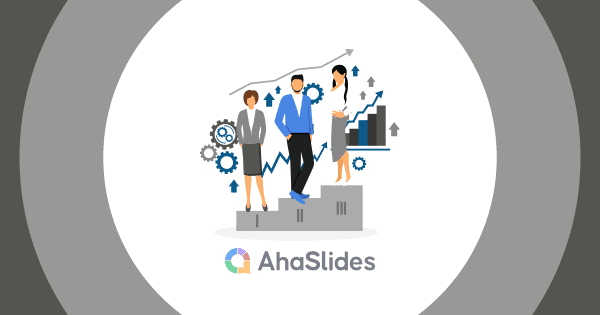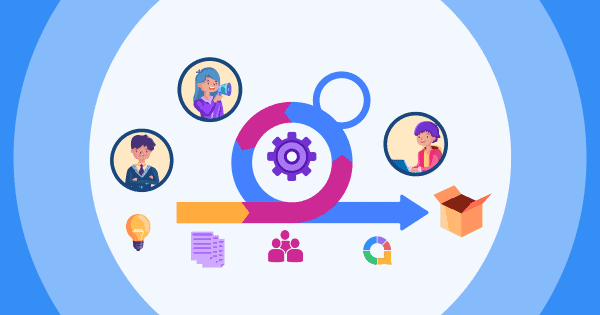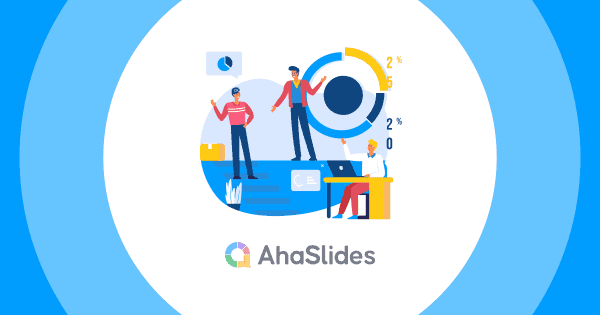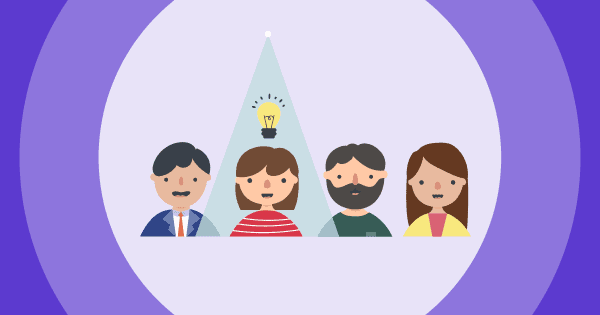在專案管理中,選擇正確的方法論對你的成功至關重要。因此,我們在此探討 瀑布方法論 詳細。
在本文中,我們將深入探討瀑布方法,揭示其定義,分解其各個階段,並分析其優缺點。此外,我們還將討論瀑布方法適用的行業和專案場景,以幫助您確定它是否適合您的下一個專案。
那麼,讓我們立即開始揭開瀑布方法的秘密吧!
目錄
Overview
| 誰創造了 瀑布方法? | 溫斯頓·W·羅伊斯博士 |
| 什麼時候 瀑布方法論創建了嗎? | 1970 |
| 瀑布方法的最佳用例是什麼? | 軟體工程和產品開發 |
關於瀑布方法論
| 瀑布方法定義 | 它是一種順序且結構化的專案管理方法。它遵循從一個階段到另一個階段的線性進展,每個階段都建立在前一個階段的基礎上。 |
| 瀑布方法的6個階段 | 需求收集、設計、實作、測試、部署和維護。 |
| 的好處 瀑布方法論 | 提供清晰的結構,強調文檔,建立明確的需求並提供專案控制。 |
| 缺點 Of 瀑布方法論 | 靈活性有限、缺乏利害關係人的參與、代價高昂的變革風險較高、對不確定性的適應能力有限。 |
| 何時申請 瀑布方法論 | 它通常應用於需求明確且穩定的項目,其中項目具有明確的目標和範圍。 |
| 申請地點 瀑布方法論 | 這種模式在建築、工程、製造和軟體開發等行業很常見。 |
提高參與度的技巧
瀑布方法定義
專案管理中的瀑布方法(或瀑布模型)是一種用於管理專案的順序線性方法。它遵循一個結構化的流程,專案的每個階段完成後才會進入下一個階段。這種方法被稱為“瀑布”,是因為進度像瀑布一樣穩定地向下流動。
瀑布模型可用於各個領域,包括軟件開發、工程和施工。 它通常用於有嚴格期限、有限預算和固定範圍的項目。
瀑布方法論的 6 個階段
瀑布方法遵循順序的專案管理方法,由不同的階段組成。讓我們以簡化的方式來探索這些階段:
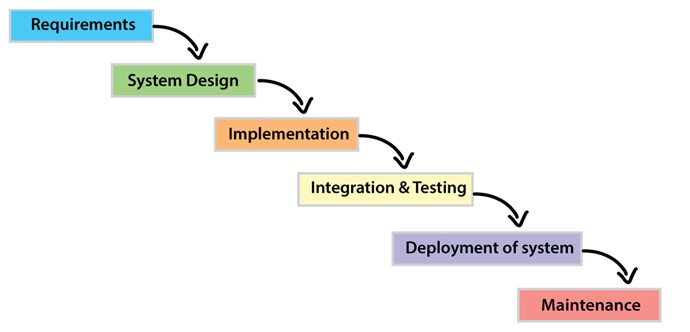
1/ 需求收集:
在此階段,專案需求將被識別並記錄下來。專案利害關係人的參與,旨在確保專案各方充分理解他們的需求和期望。此階段的目標是透過明確需要實現的目標,為專案奠定堅實的基礎。
例如,您有一個新電子商務網站的軟件開發項目。 在此階段,您的項目團隊將:
- 與各種利益相關者(例如企業主、營銷專家和潛在的最終用戶)互動,收集他們的意見和要求。
- 進行訪談、會議和研討會,以了解網站的目標、功能和期望。
2/ 設計:
收集到需求後,設計階段就開始了。在此階段,專案團隊會制定專案的詳細計畫或藍圖,包括定義結構、元件和使用者體驗。
設計階段旨在確保所有參與者(包括開發人員、設計師和所有利害關係人)對專案的結構和外觀有清晰的認識。
3/實施:
在實施階段,進行實際的開發工作。 項目團隊開始根據設計規範構建項目可交付成果。
把它想像成建造一座房子。 實施階段是建築商開始對地基、牆壁、屋頂、管道和電氣系統進行施工的階段。 他們遵循建築計劃並將其轉化為有形的結構。
同樣,在此階段,開發人員遵循先前創建的設計計劃並編寫使項目正常運行所需的代碼。 它們將項目的不同部分(例如特性、功能和界面)組合在一起,並以能夠順利運行的方式將它們連接起來。
4/ 測試:
實施階段後,將進行嚴格的測試,以確保項目的質量和功能。 執行各種類型的測試,例如單元測試、集成測試和系統測試,以識別任何缺陷或問題。
測試階段旨在驗證項目是否滿足指定的要求並按預期執行。
5/部署:
部署是項目準備好發布和使用的階段。 它發生在測試階段完成之後。
在部署階段,項目可交付成果(例如軟件或網站)在現實世界中發布和實施。 它們要么安裝在生產環境中,其中一切都設置為實際使用,要么交付給請求該項目的客戶。
- 例如,如果是一個網站,專案團隊會設定網頁伺服器、資料庫以及任何其他所需的基礎架構。他們會確保一切配置正確、運作順暢。
6/ 維護:
在維護階段,項目團隊提供持續的支持,以解決可能出現的任何問題。 維護階段的主要目標是確保項目保持良好運行並滿足用戶的期望。
- 如果在專案中發現任何錯誤或問題,團隊就會努力修復它們。
- 團隊也會根據使用者回饋或新需求,對專案進行必要的修改或改進。這就像你建議為自己喜歡的應用程式添加新功能,開發者會認真聆聽並實現它一樣。
只要項目正在進行,項目團隊就會繼續提供支持、解決任何問題並進行必要的更新或更改。 這有助於保持項目的可靠性、安全性和最新性。

瀑布方法的優點和缺點
瀑布方法的好處
- 清晰且結構化的方法: 該方法提供了一種清晰且有組織的方式來管理項目。 它遵循循序漸進的過程,使團隊更容易規劃和執行他們的工作。
- 詳細文檔: 該模型強調每個階段文檔的重要性。 這意味著項目要求、設計計劃和實施細節都有詳細記錄。 該文檔可供將來參考,並有助於保持組織內知識的完整性。
- 早期確定需求: 該方法側重於儘早識別和定義項目需求。 通過這樣做,您可以最大限度地減少潛在的誤解或範圍變化。 它從一開始就為項目提供了堅實的基礎。
- 明確的里程碑和可交付成果: 這種方法允許在項目的每個階段設置明確的里程碑和可交付成果。 這有助於項目經理跟踪進度並根據預定義的目標衡量成功情況。 當團隊完成每個里程碑時,它會帶來成就感。
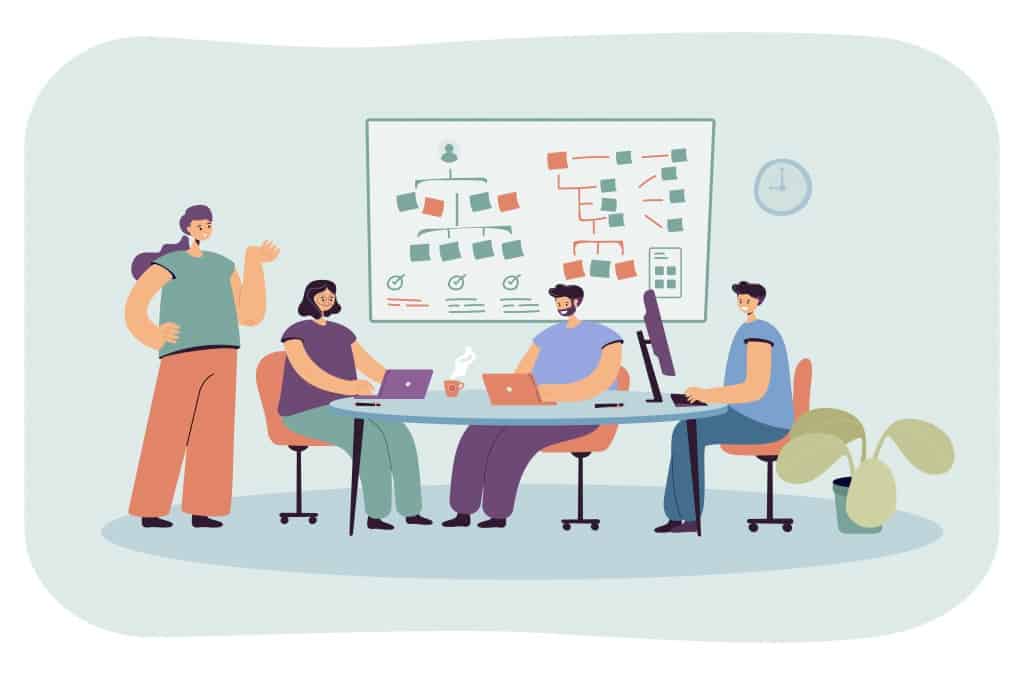
瀑布方法的缺點
- 有限的靈活性: 此方法的缺點是缺乏靈活性。一旦一個階段完成,進行更改就會變得非常困難。這種限制可能會導致難以適應不斷變化的需求或在專案後期整合回饋。它可能會限制專案的靈活性和回應不斷變化的需求的能力。
- 缺乏利益相關者的參與: 在此模型中,利益相關者的參與可能有限,並且僅在項目的後期階段提供反饋。 如果最終結果未達到利益相關者的期望,這種延遲參與可能會導致意外或失望。
- 代價高昂的變更風險更高: 由於該方法的順序性,在後期階段進行更改或解決發現的問題可能既耗時又昂貴。修改專案需要回到先前的階段,這可能會擾亂專案的時間表和預算。這些變更可能會導致額外的成本和延誤。
- 對不確定性的適應性有限: 該模型假設項目需求在一開始就可以被充分理解和定義。 然而,在復雜的項目或不確定的環境中,預先完全理解可能具有挑戰性。 當遇到意外情況或不斷變化的情況時,這種限制可能會導致難以實現預期結果。
根據專案的特定要求和組織環境,不同的方法可能更適合。那麼,讓我們進入下一部分,了解何時應該應用瀑布模型!
何時何地應應用瀑布方法?
這種方法通常應用於具有明確定義和穩定需求的項目,其中項目有明確的目標和範圍。 這種模式在建築、工程、製造和軟件開發等行業中很常見。

以下是可以有效應用瀑布方法的一些場景:
- 連續且可預測的項目: 它非常適合具有明確任務順序和可預測流程的項目,例如建造建築物。
- 目標明確的小型項目: 它對於具有明確目標的小型項目非常有效,例如開發簡單的移動應用程序。
- 穩定的要求和有限的變化: 當項目需求穩定並且不太可能發生重大變化時,瀑布方法論是合適的。
- 合規性和文件要求: 它對於需要完整記錄並遵守法規的項目(例如醫療保健或航空航天行業)非常有益。
- 具有明確用戶需求的項目: 它適用於從一開始就清楚了解用戶需求的情況,例如根據特定客戶規範構建網站。
需要注意的是,瀑布方法可能不適合那些需要適應性強、利害關係人頻繁參與或回應需求變化的專案。在這種情況下,敏捷方法通常是更佳選擇。
關鍵要點
瀑布方法非常適合具有連續和可預測任務的項目、具有明確目標的小型項目或定義明確的用戶項目。 然而,它可能不適合需要適應性和利益相關者頻繁參與的項目。
並利用諸如 啊哈幻燈片,您可以增強瀑布方法的實施。 AhaSlides 提供有價值的 模板 互動功能 簡化專案規劃、設計和溝通。借助 AhaSlides,團隊可以創建引人入勝的簡報、有效地追蹤進度並改善整體專案成果。
關於瀑布方法的常見問題解答
什麼是瀑布模型?
項目管理中的瀑布方法(或瀑布模型)是用於管理項目的順序和線性方法。 它遵循一個結構化的流程,項目的每個階段都完成後才進入下一階段。
瀑布模型的5個階段是什麼?
以下是瀑布模型的 5 個階段:
- 需求收集
- Design
- 實施
- 測試XXXXXXX
- 部署與維護
瀑布模型的優點和缺點是什麼?
瀑布方法的優點:
- 它有一個清晰且結構化的方法
- 它提供了詳細的文檔
- 它具有早期需求識別
- 它提供了明確的里程碑和可交付成果
瀑布方法論的缺點
- 靈活性有限
- 缺乏利害關係人的參與
- 成本高的變更風險較高
- 對不確定性的適應力有限

